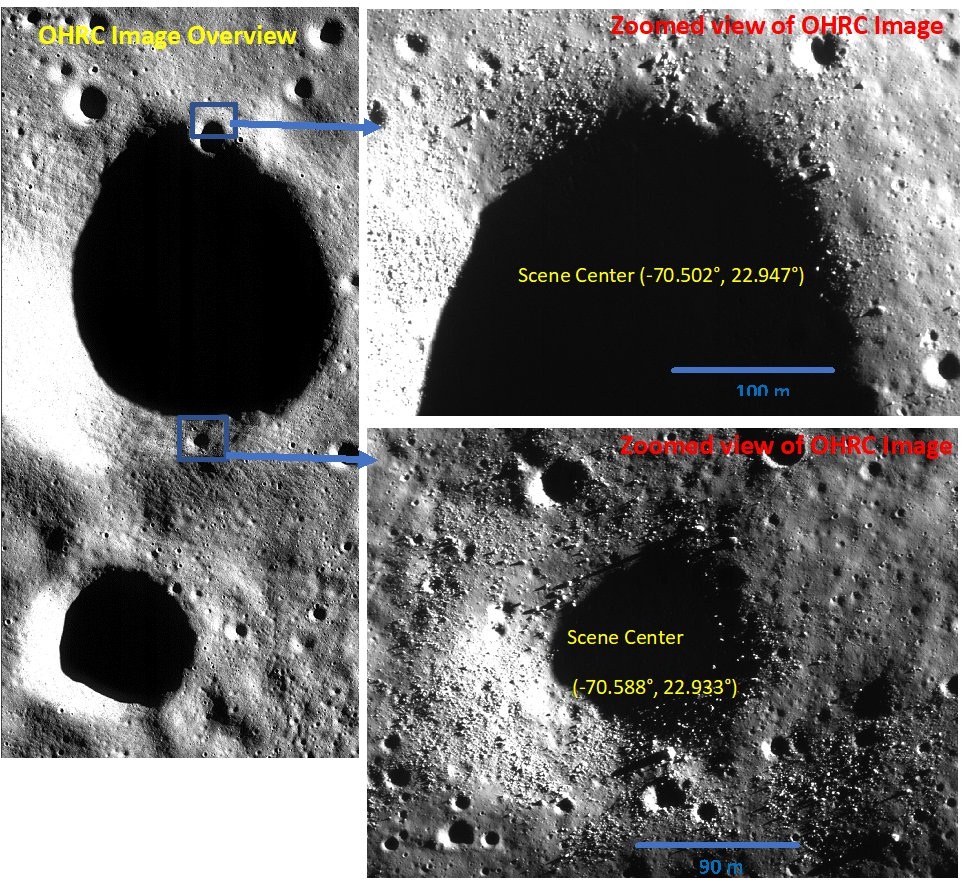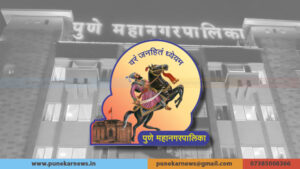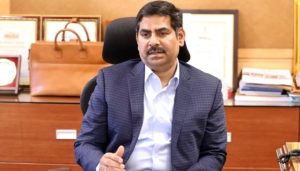Chandrayaan-2 completes a year around the Moon

Bengaluru, August 20, 2020: The Moon provides the best linkage to understand Earth’s early history and offers an
undisturbed record of the inner Solar system environment. It could also be a base for future human space exploration of the solar system and a unique laboratory, unlike any on Earth, for fundamental physics investigations. In spite of several missions to the Moon, there remains several unanswered questions. Continued high resolution studies of its surface, sub-surface/interior and its low-density exosphere, are essential to address diversities in lunar surface composition and to trace back the origin and evolution of the Moon.
The clear evidence from India’s first mission to the Moon, Chandrayaan-1, on the extensive presence of surface water and the indication for subsurface polar water-ice deposits, argues for more focused studies on the extent of
water on the surface, below the surface and in the tenuous lunar exosphere, to address the true origin and availability of water on Moon.
With the goal of expanding the lunar scientific knowledge through detailed studies of topography, mineralogy, surface chemical composition, thermo-physical characteristics and the lunar exosphere, Chandrayaan-2 was launched on 22nd July 2019 and inserted into the lunar orbit on 20th August 2019, exactly one year ago. Though the soft-landing attempt was not successful, the orbiter, which was equipped with eight scientific instruments, was successfully placed in the lunar orbit. The orbiter completed more than 4400 orbits around the Moon and all the instruments are currently performing well.
Mission management and Operations: The spacecraft is healthy and performance of subsystems are normal. The orbiter is being maintained in 100 +/- 25 km polar orbit with periodic orbit maintenance (OM) maneuvers. So far, 17 OMs are carried out since achieving 100 km lunar orbit on 24th September 2019. There is adequate onboard fuel to remain operational for about seven years.








